During the 1920s the radio
entered the homes of American families everywhere
connecting even farm folks
more closely to a dynamic national culture
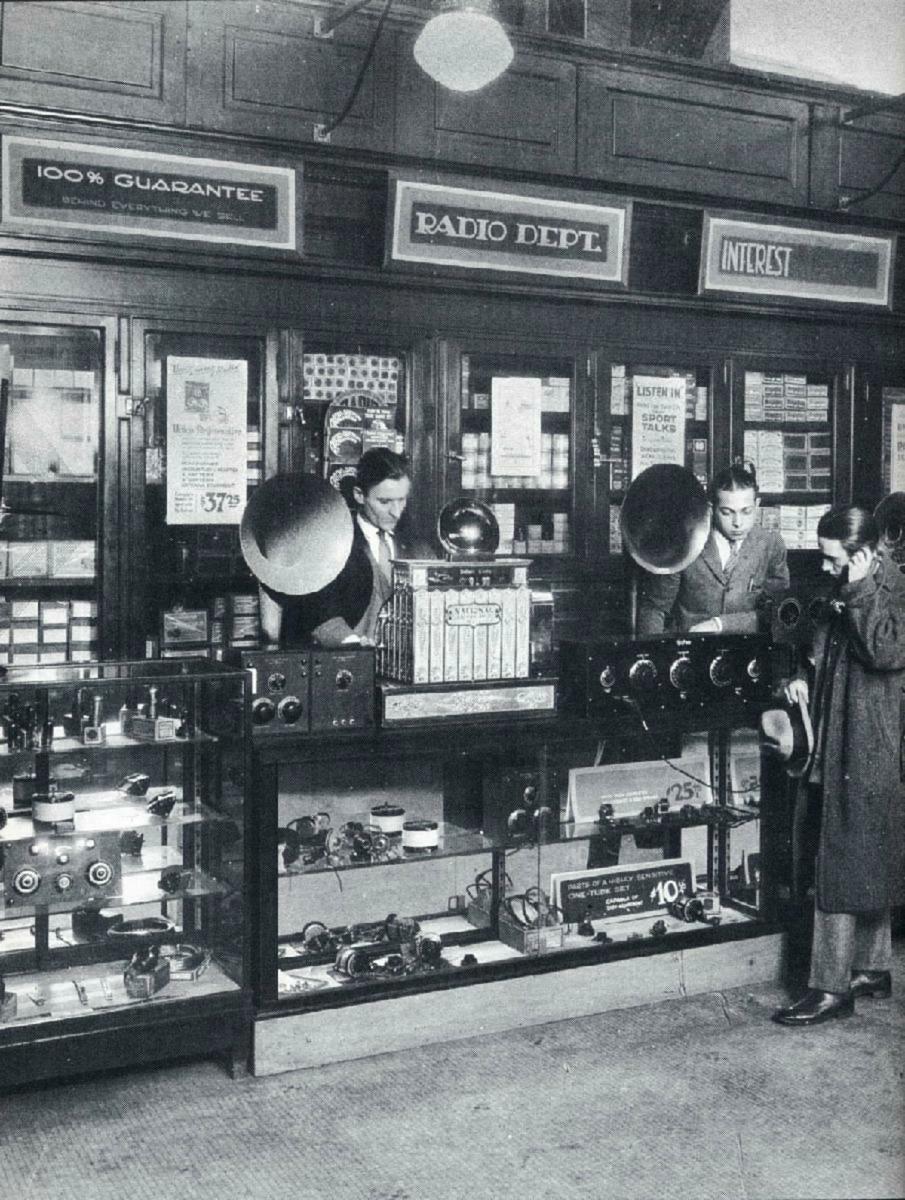
The radio
department
60,000 families owned radios
in 1922; by 1930, 13.8 million
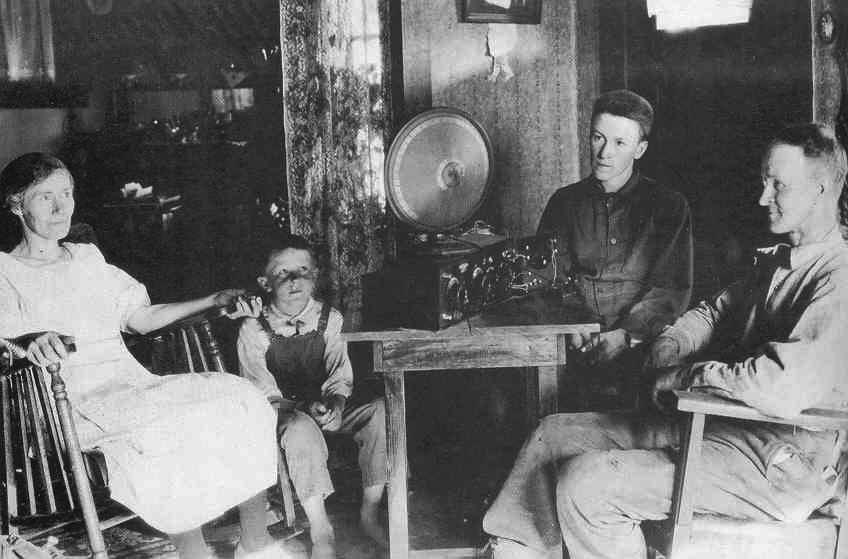
An Oregon family gathered
around the radio – 1925
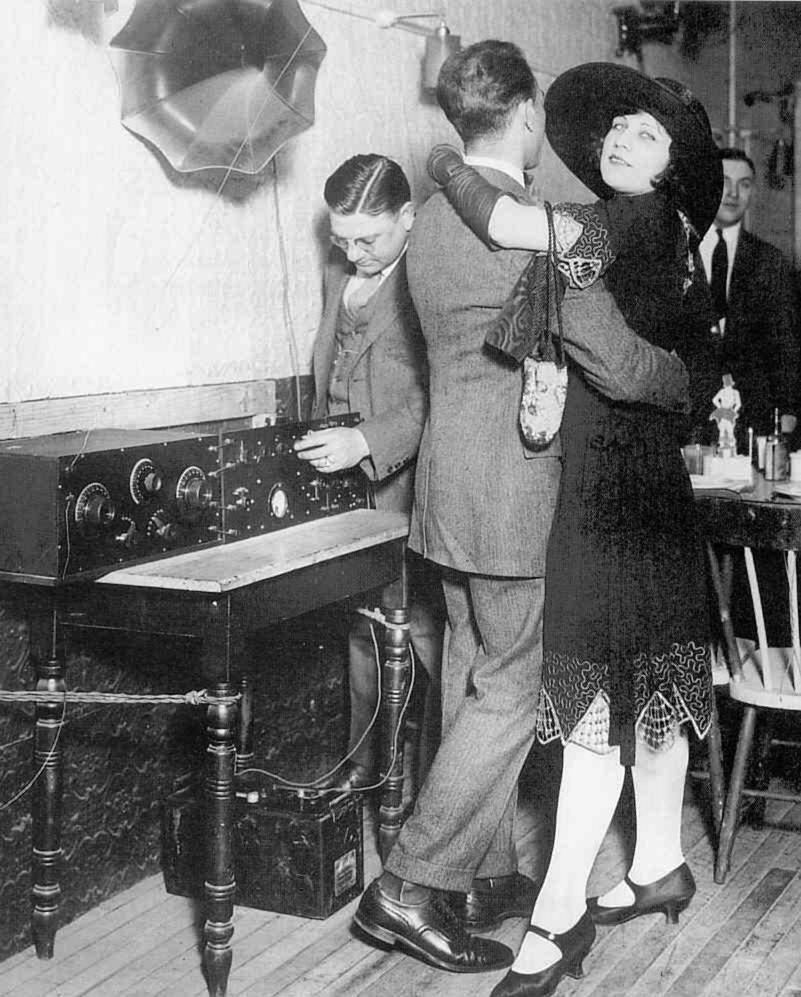
Dancing to the
radio

Radio Broadcasting in the
1920s – a Minneapolis radio station

Radio program
production
And the automobile became
a more central part of American life
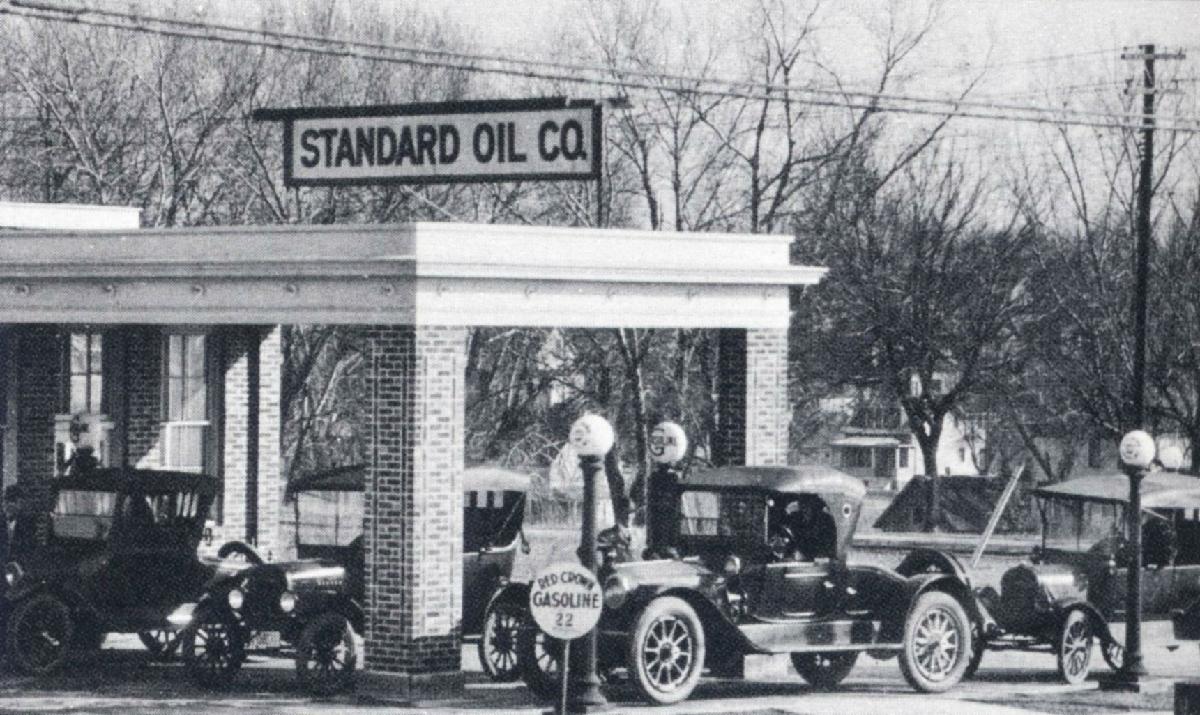
Standard Oil of New Jersey
– 1920: 12 stations / 1929: 1,000 stations
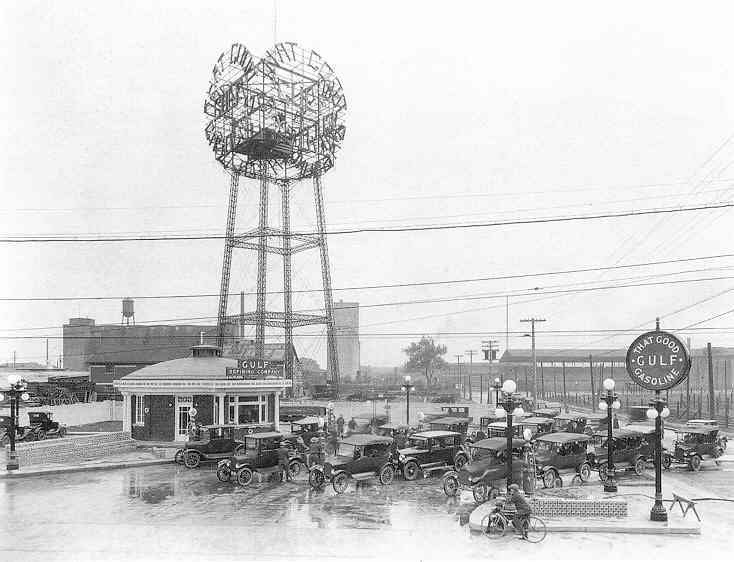
Opening of a new Gulf station
in Kentucky – 1925
But car sales vastly outpace
road building
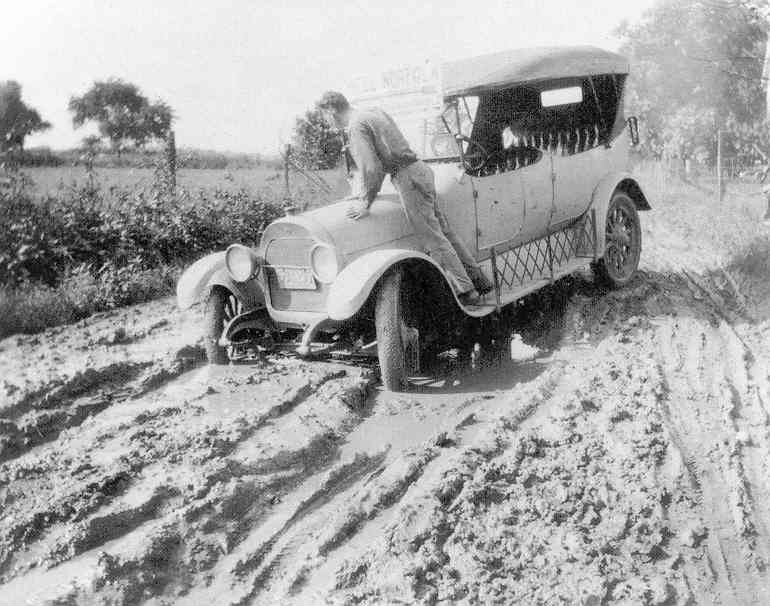
Typical scene in rural America – 1920s
Air Travel has moved up to
join automobile travel as part of the new material culture

Pan American passengers
boarding
a flight to Havana in 1928
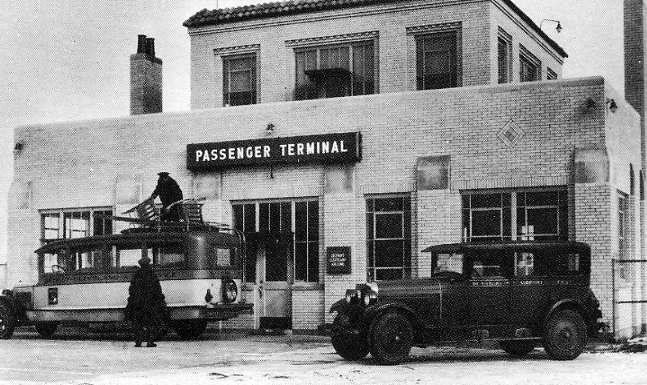
A typical air terminal – the
Ford Airport, Detroit
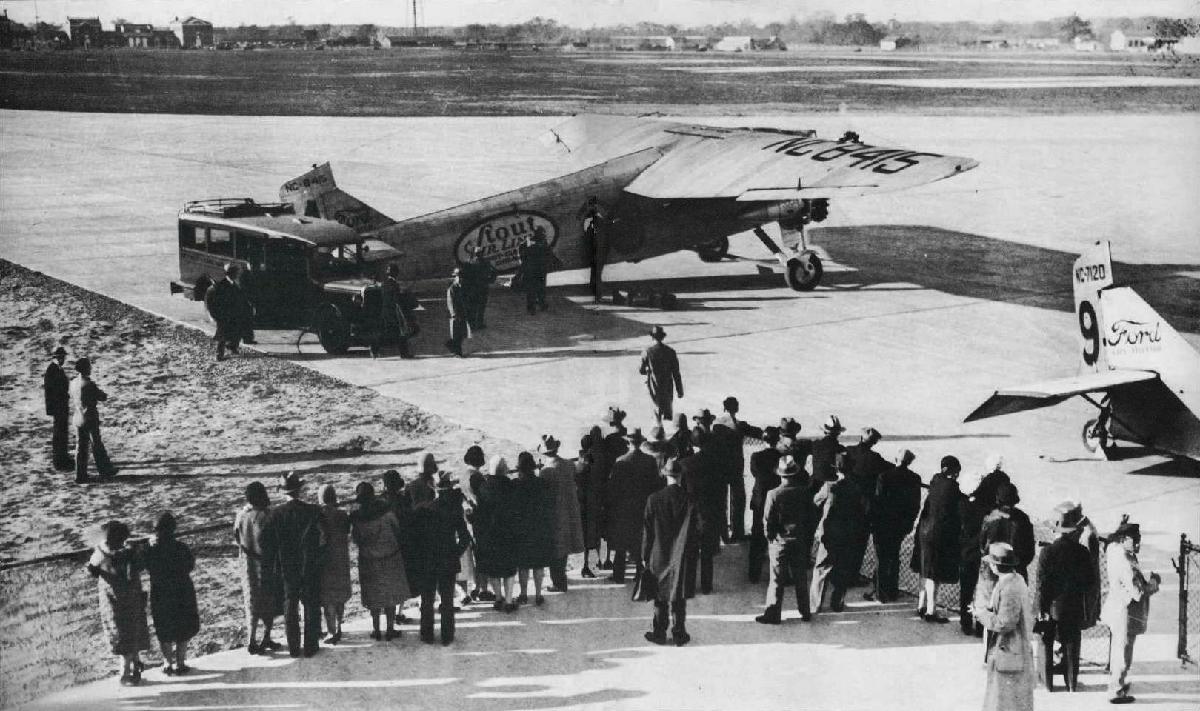
Stout Air Lines, owned by
Ford – the first to carry mail
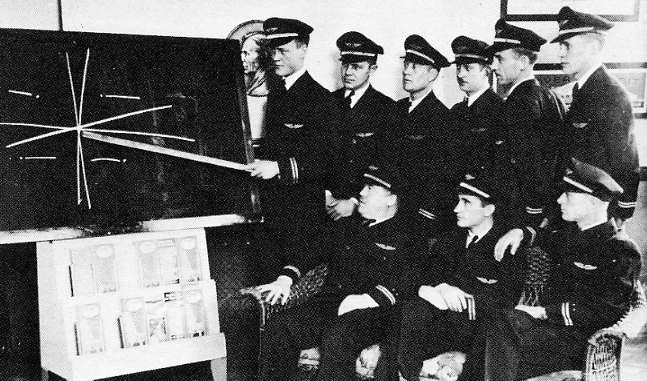
Airline pilots take on a
dressy uniform as a sign of their prestigious occupation
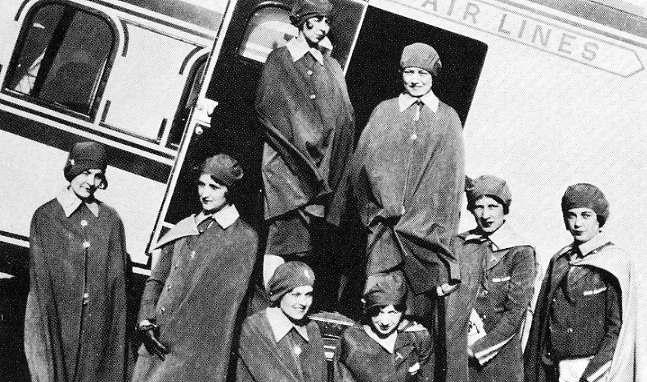
Some of the first stewardesses – dressed warmly for flying conditions
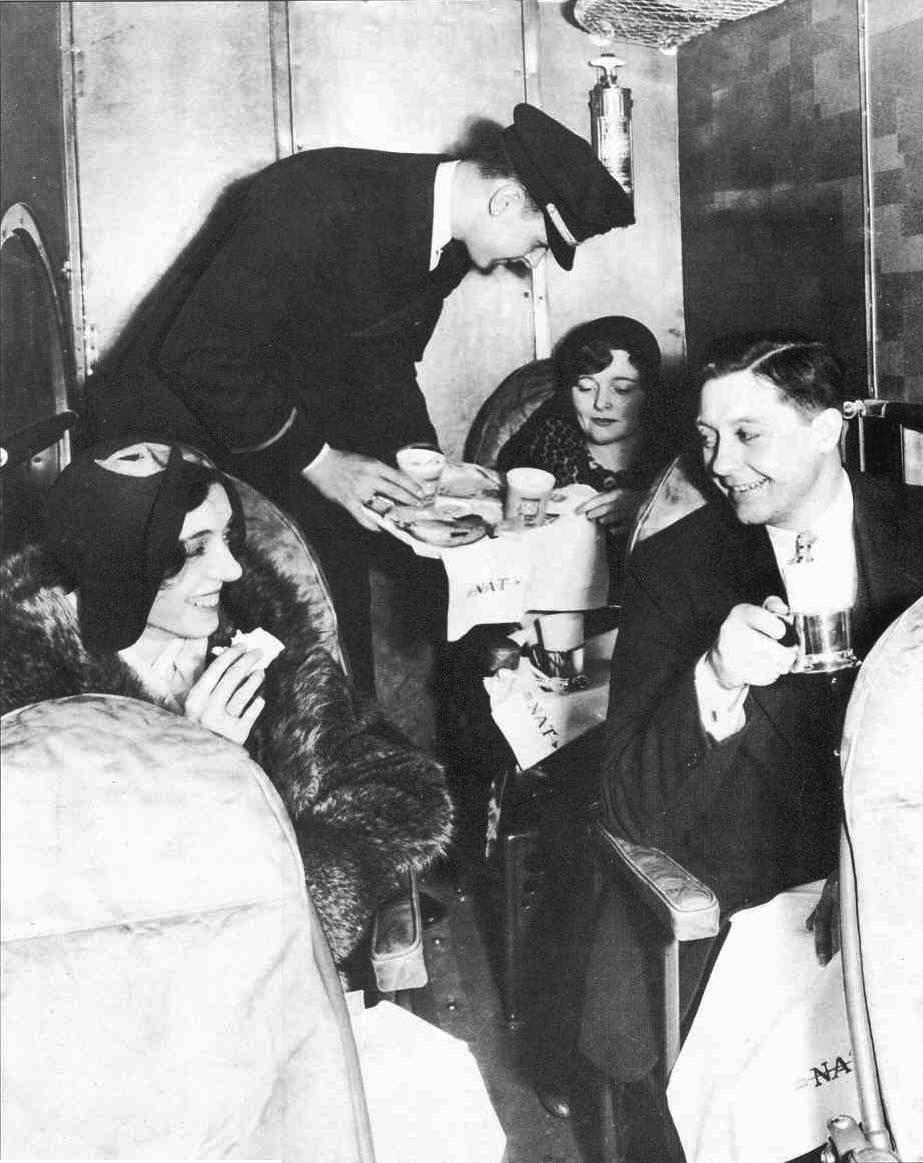
A steward serving a
meal
And just in general – America's
material culture explodes to life
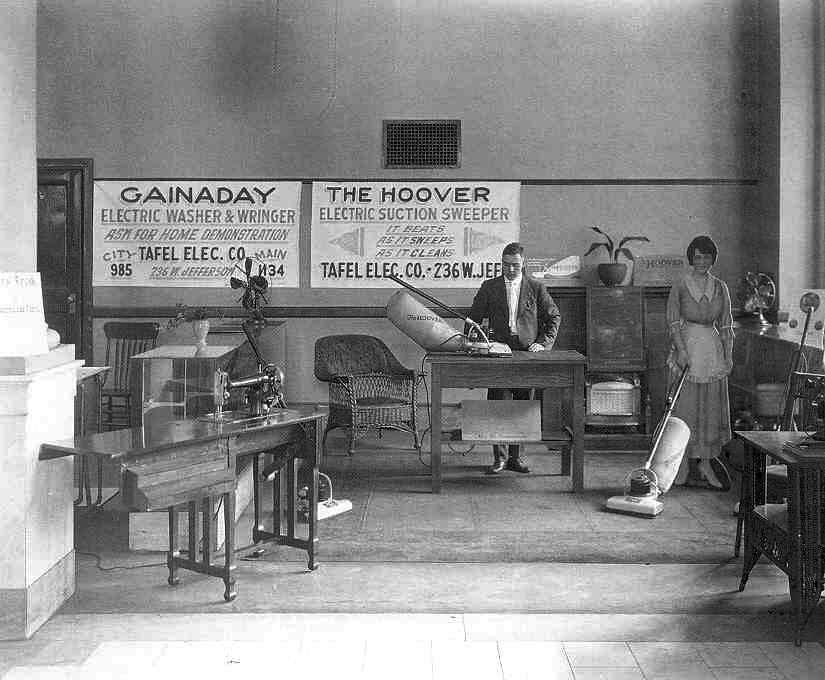
Salesman of home appliances – 1920s
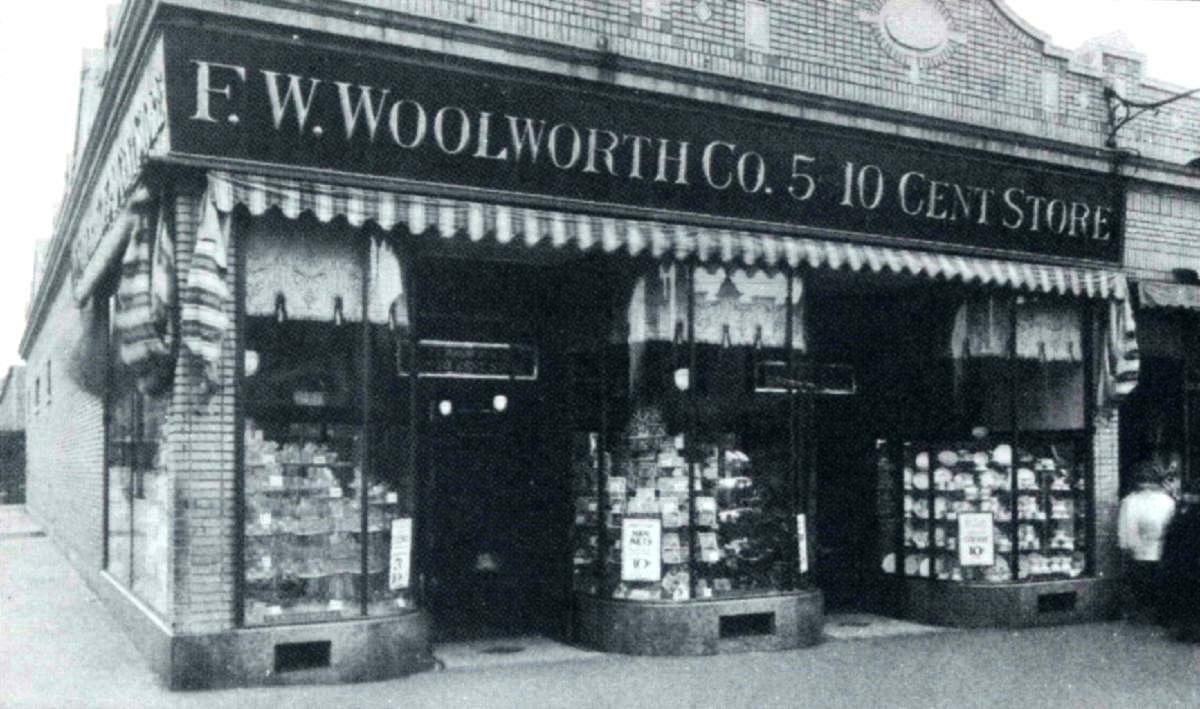
Woolworth – 1920: 1,111
stores
/ 1929:1,825 stores
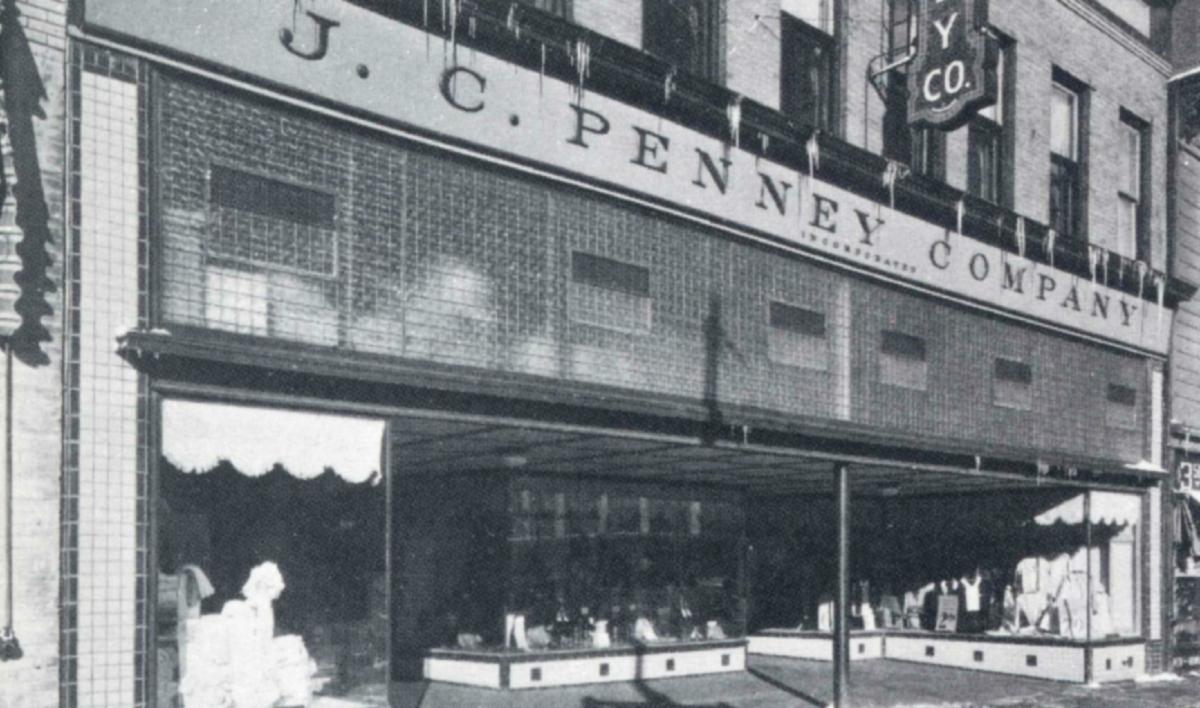
J.C. Penney – 1920: 312
stores
/ 1929:1,395 stores
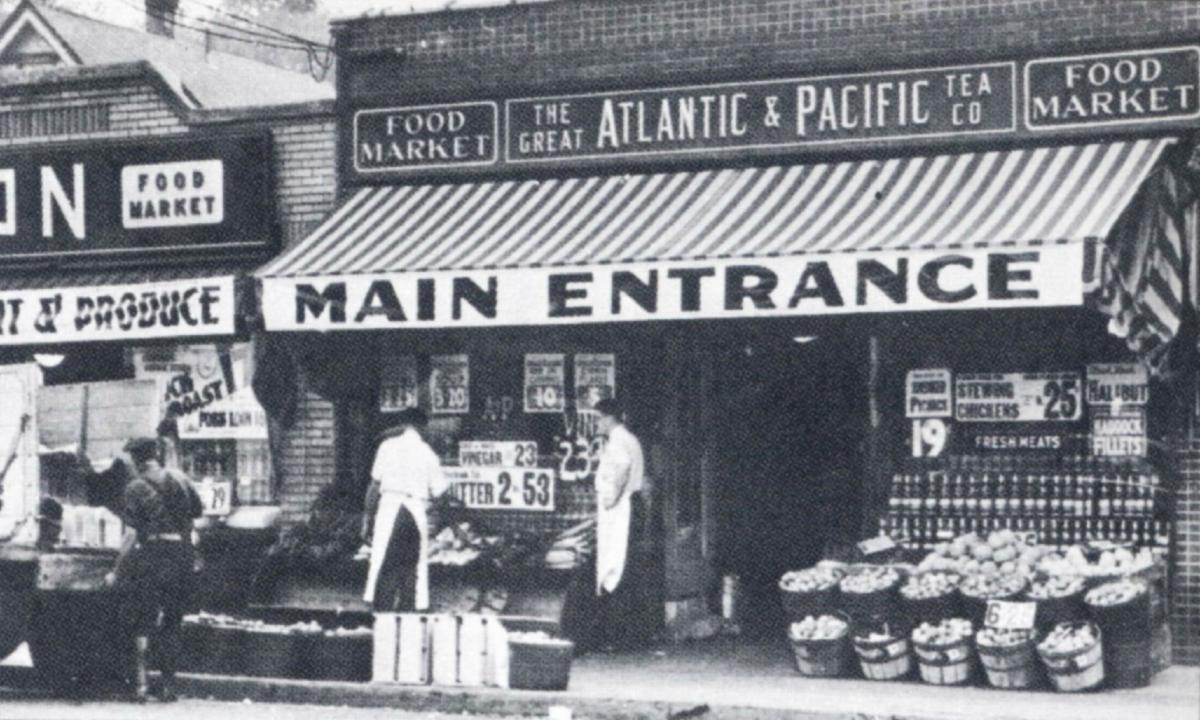
A&P – 1920: 4,621 stores
/ 1929: 15,418 stores
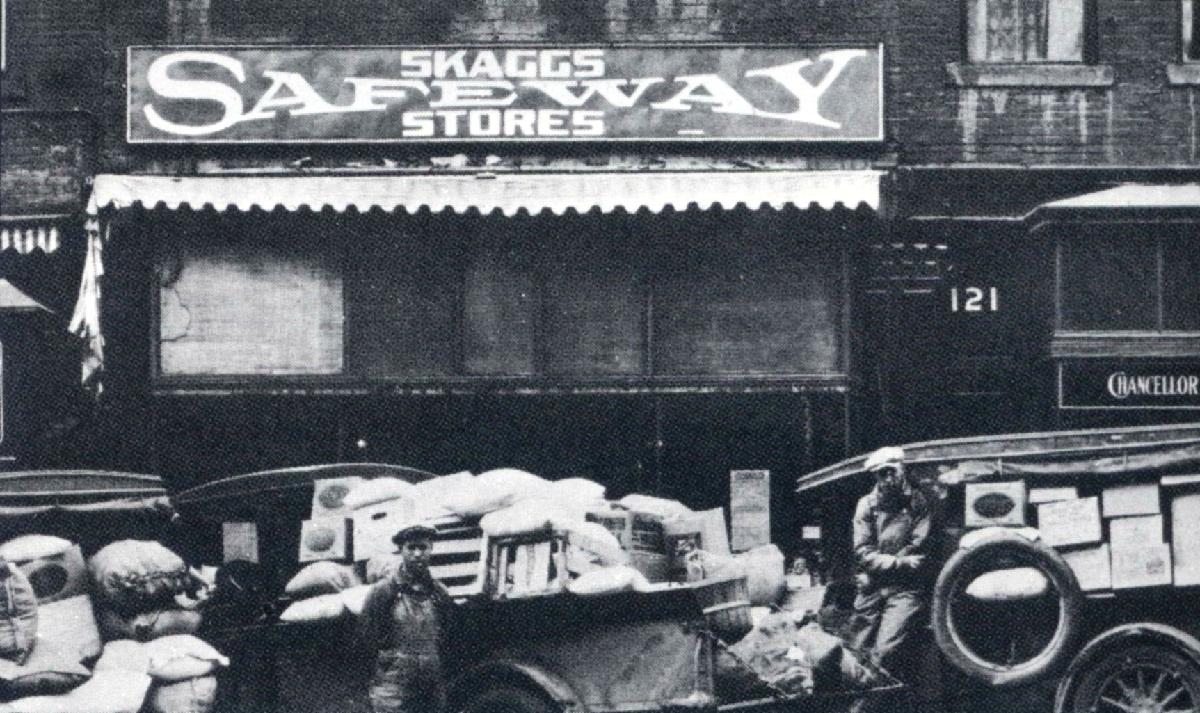
Safeway Stores – 1926:
766
stores / 1929: 2,660 stores
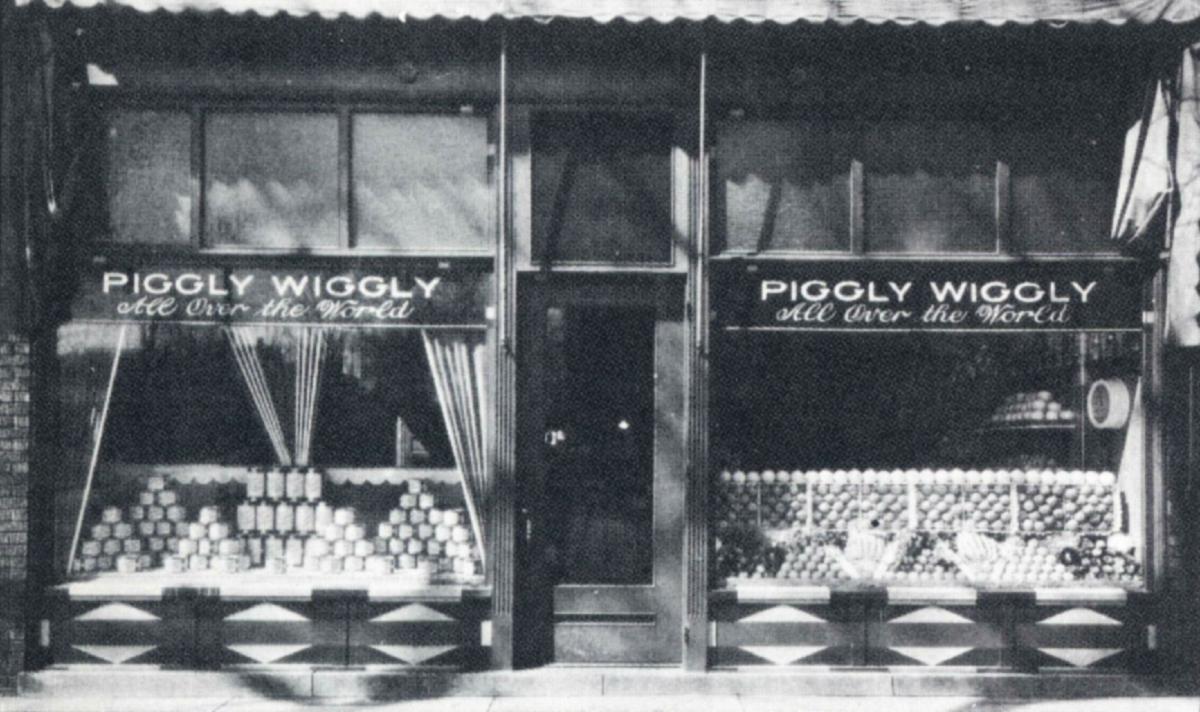
Piggly Wiggly – 1920: 515
stores / 1929: 2,500 stores
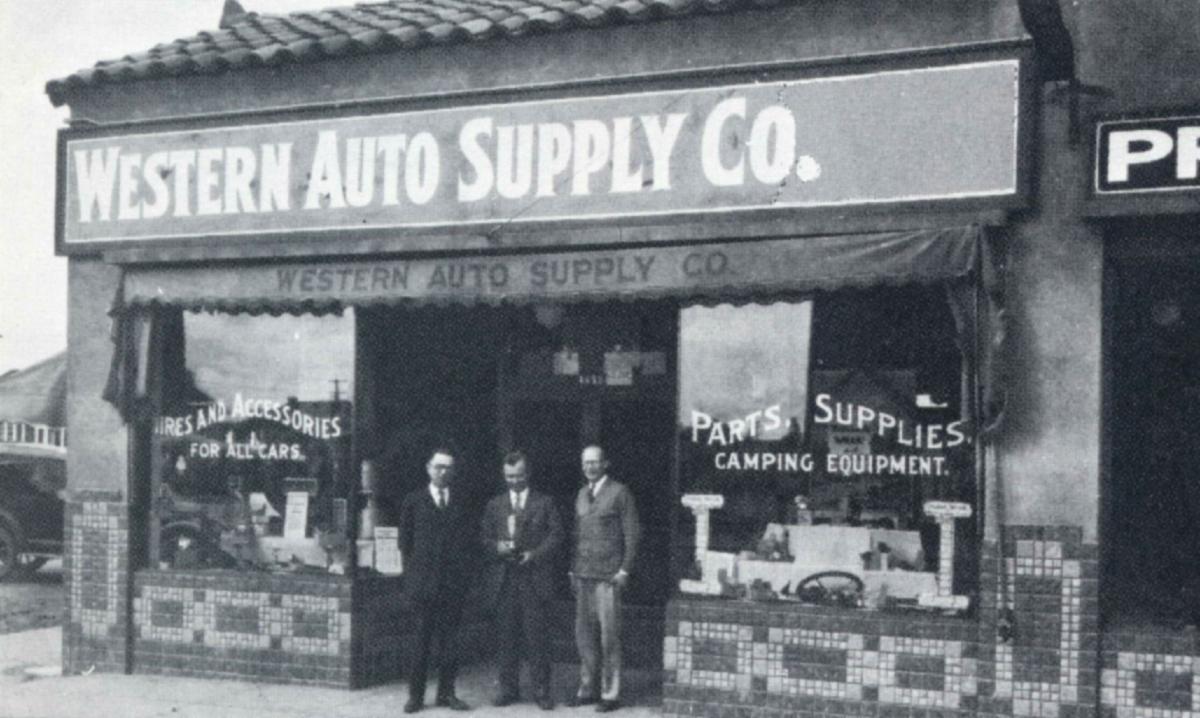
Western Auto Supply Co.
–
1920: 3 stores / 1929: 54 stores
And urban American life begins
to outpace rural/small-town life in America in growth and excitement
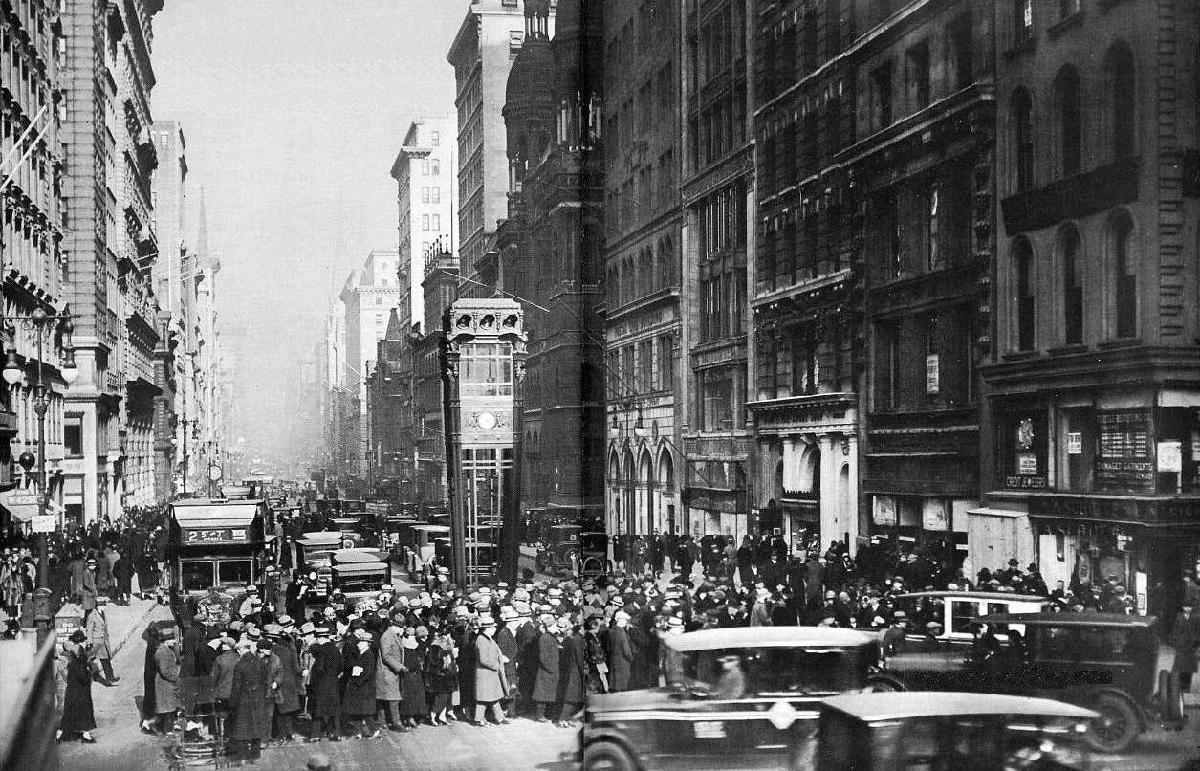
Fifth Avenue at 42nd Street – New York, 1926
Most exciting of all is the
New York Stock Market which even ordinary citizens can invest in –
with the high expectation
of gaining great material profits.
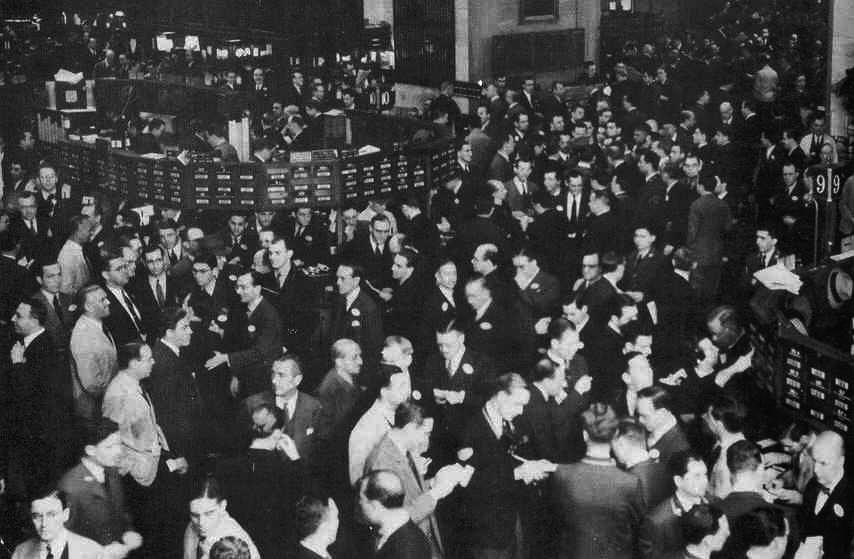
The trading floor of the
New York Stock Exchange – 1920s

 |
AMERICA'S
SOCIAL CULTURE UNDERGOES
ACCOMPANYING
DRAMATIC CHANGE
|
|
|
|
The new culture of personal freedom
The new wealth allowed the more adventuresome set,
America’s youth, to experiment with exciting new clothing, dance, and
general social styles, ones quite distinct from their parents' very
traditional ways. Girls had their hair bobbed or cut very short (to the
shock of their mothers and grandmothers), skirt hemlines were raised,
feminine beach attire became much scantier in its body covering
(getting young ladies in trouble with the beach patrols). Likewise, the
young men also freed themselves, like the women, with their love of the
latest in music trends, clothing styles, fast cars, booze and
cigarettes, and sex in all varieties. And, of course, there was the
excitement of drinking their alcoholic beverages now forbidden by
Federal law under the Constitution’s Eighteenth Amendment that had so
recently gone into effect. In short, it looked as if youthful urban
America was dedicated to the principle of party, party, party, to drink
away the memories of a tragic world they had just left behind.
And along with the Eighteenth Amendment
was the Nineteenth Amendment, going into effect in August of 1920
giving all American women the right to vote, just in time for the
national elections scheduled for that November. Women no longer needed
to rely on their husbands to defend the interests of the American
family. Women could also do that as well, or simply defend their own
personal interests quite apart from family concerns. The 1920s, after
all, marked the rapid growth in the sense of personal rather than
community interest, in part due to the reaction to the hyped patriotism
the country had gone through in its war to make the world safe for
democracy, and in part due simply to the fact that the American family
was no longer the key support system that Americans needed to thrive.
Under the newly rising culture, Americans were invited to try to
undertake life entirely on their own.
|
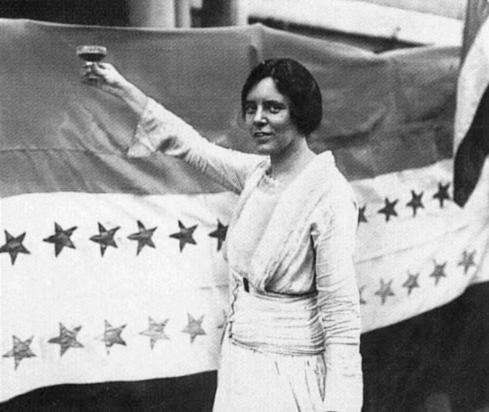
Alice Paul celebrating the
passage of the 19th Amendment on August 20, 1920
giving women full voting
rights
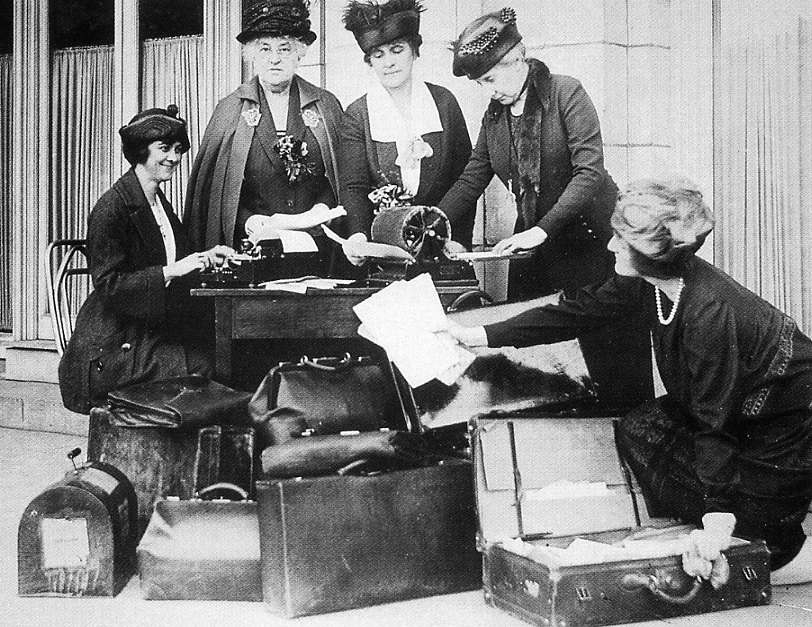
The new League of Women Voters
preparing for the Democratic National Convention
in San Francisco – 1920

Coeds at Creighton University,
Omaha – 1924
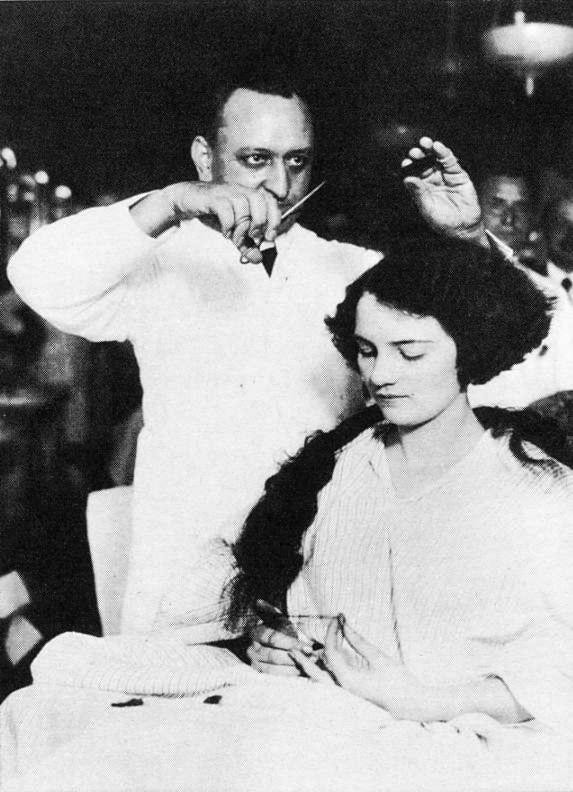
A young lady having her hair
"bobbed" by a barber
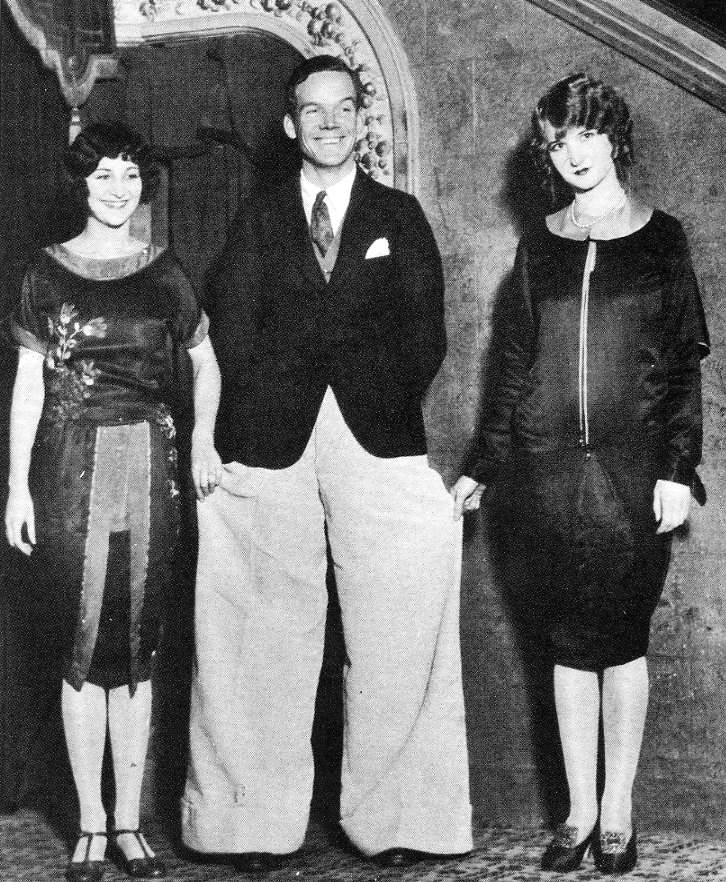
A young man wearing his "Oxford
bags"
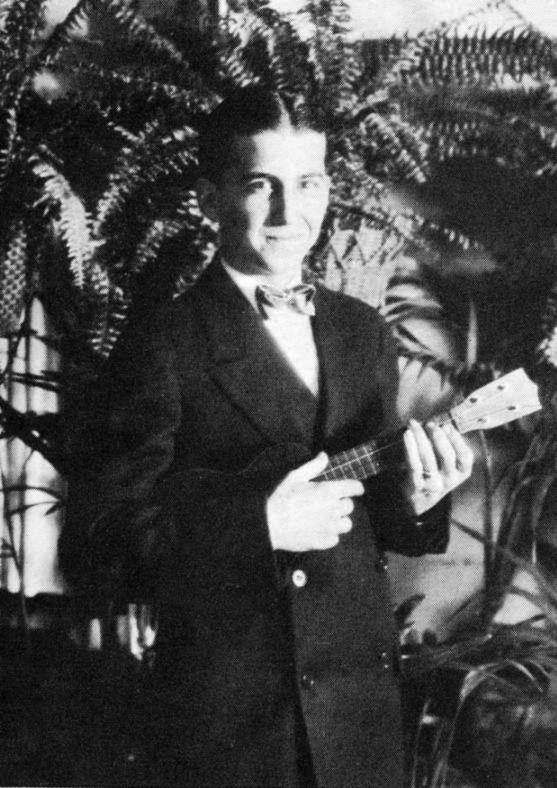
A slicked-down, center-parted
hairdo as part of the new look
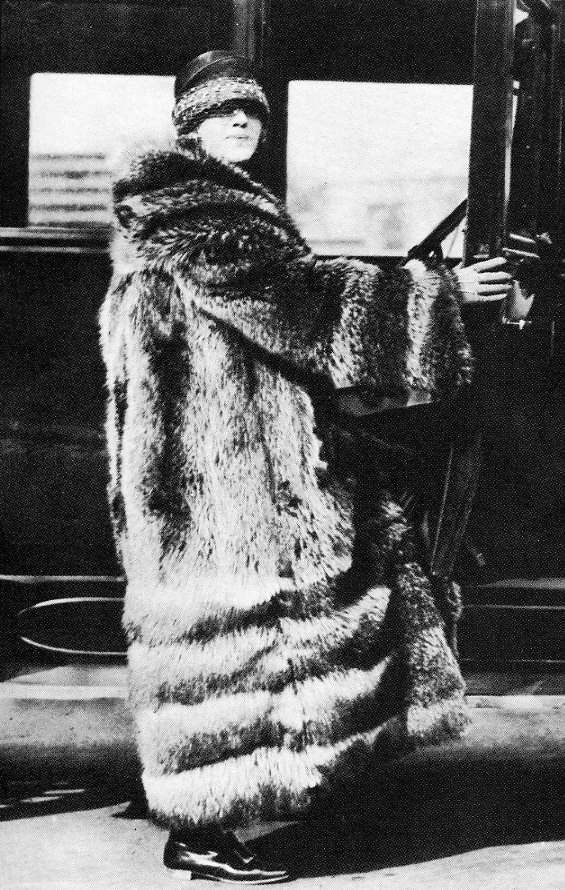
A raccoon coat and peekaboo
hat as high fashion

College undergrads doing
a bit of "crooning"
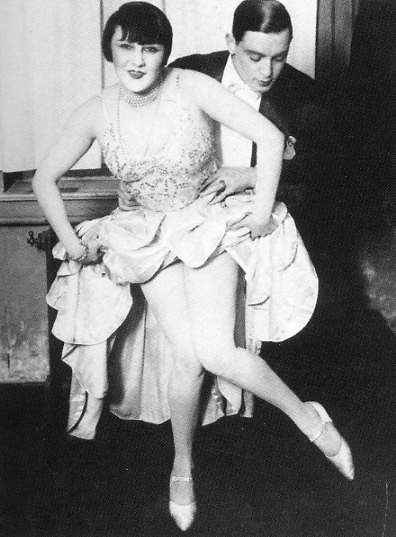
American "flapper" and
friend
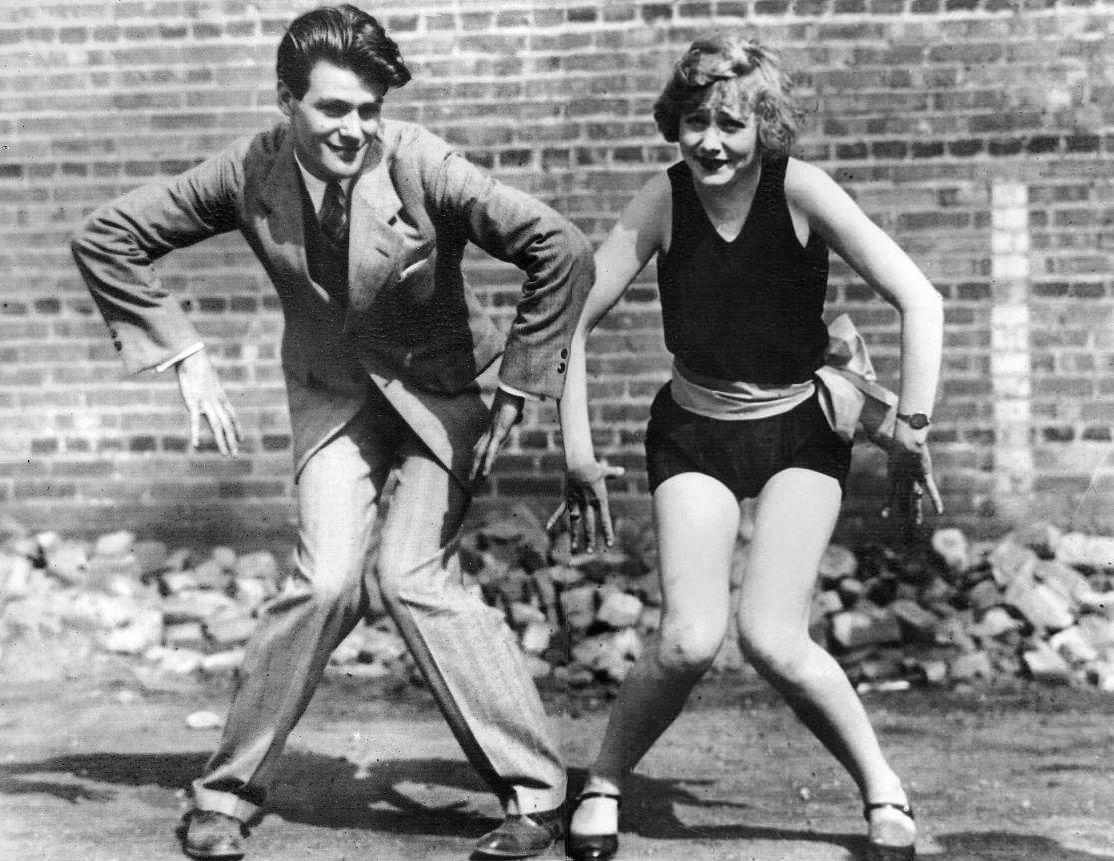
A 1926 Charleston contest
in Los Angeles
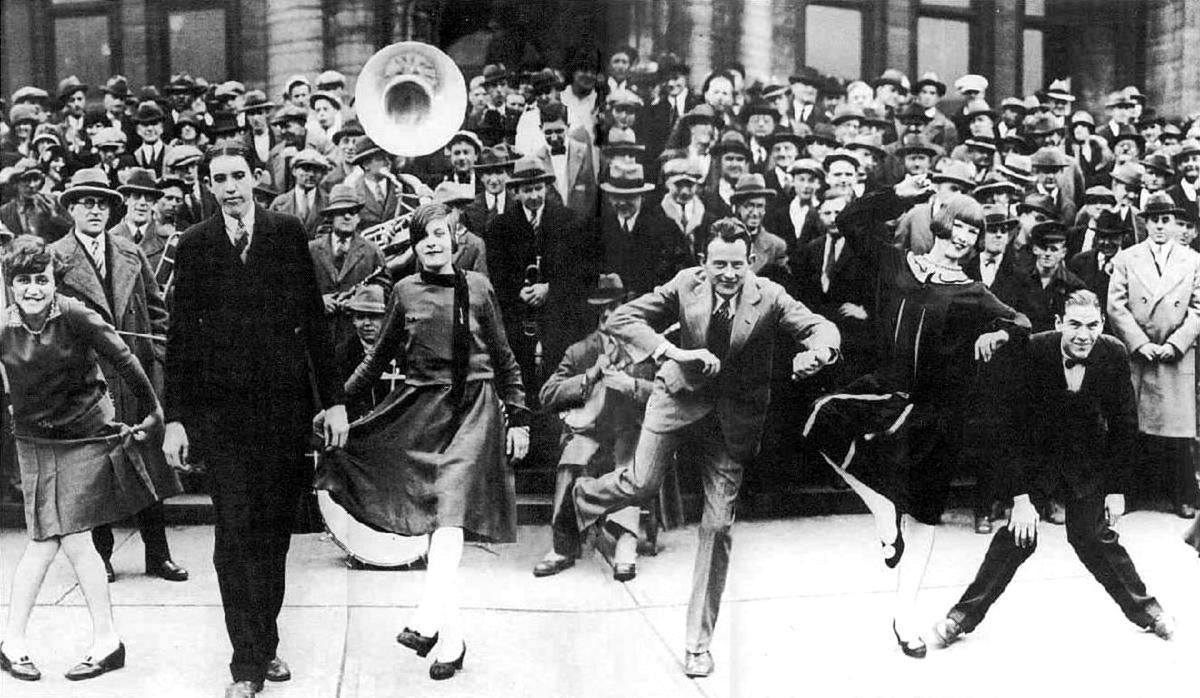
Doing the Charleston in
competition – St. Louis, 1925
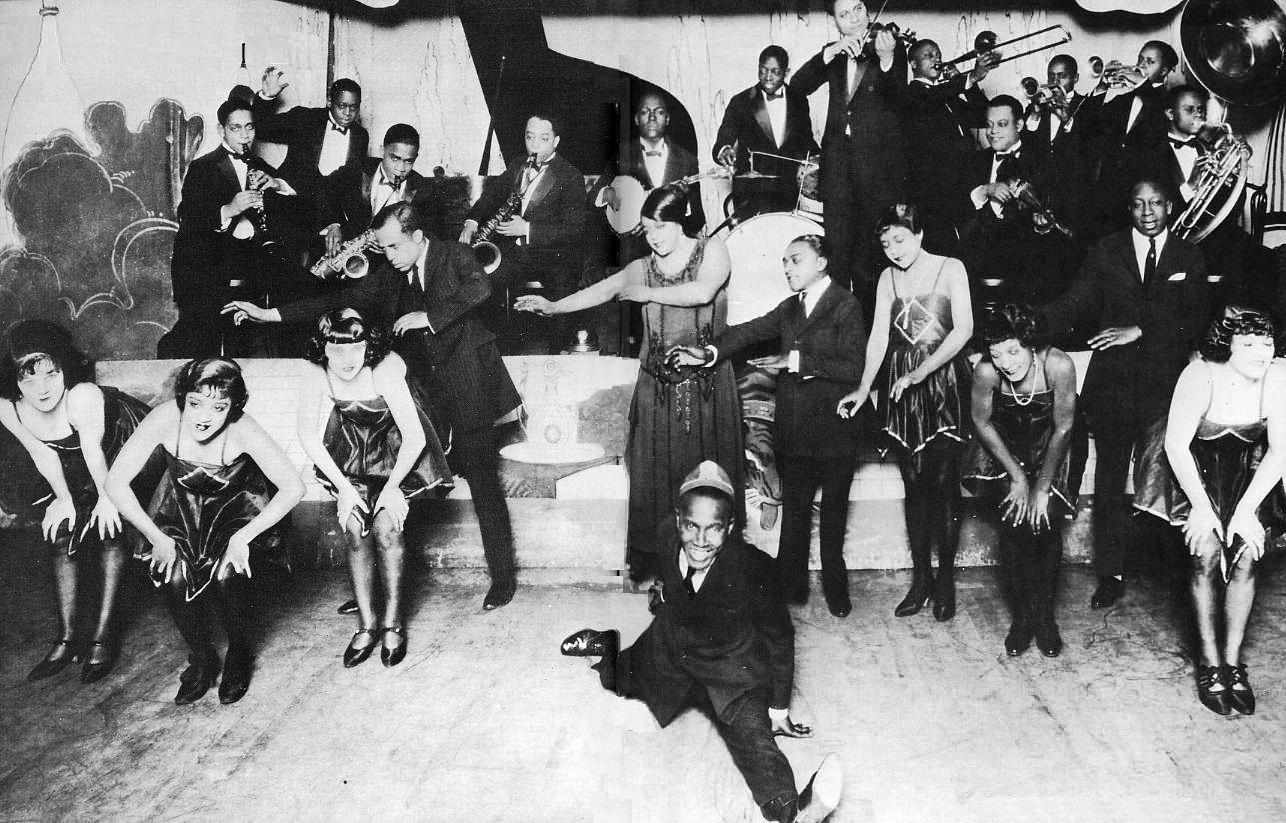
Carroll Dickerson's band
plays for a jazz floor show – Chicago – 1924
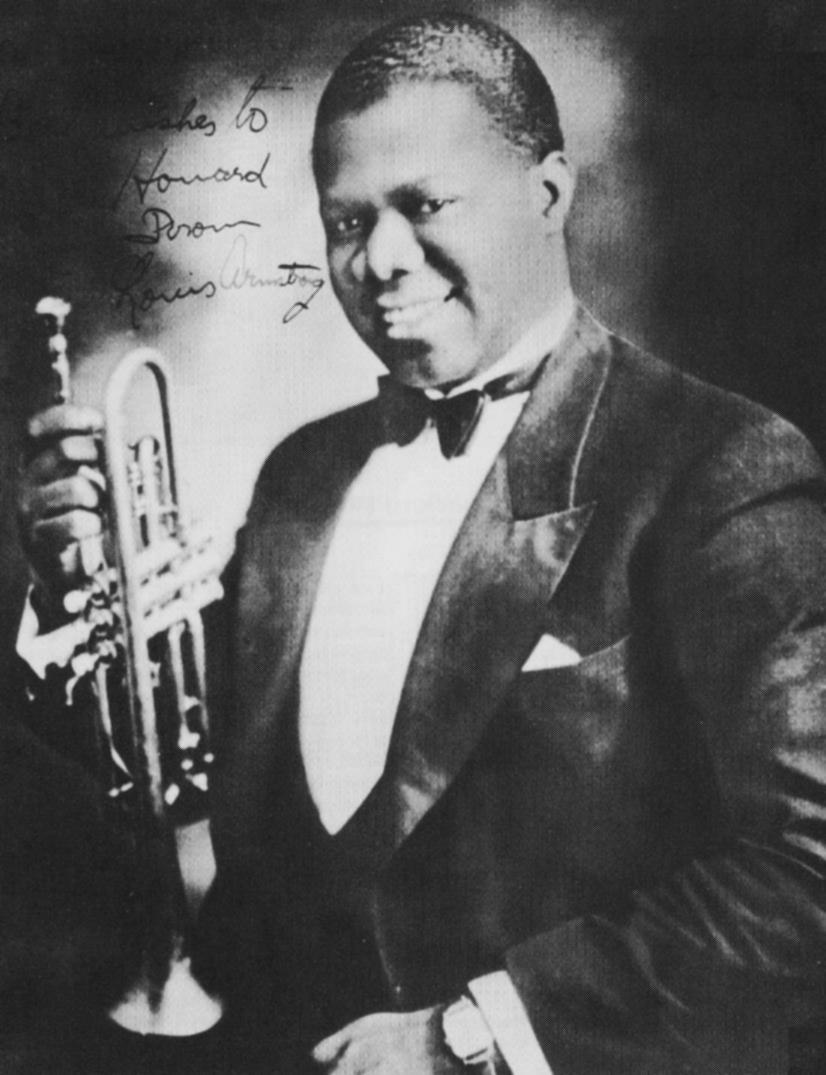
Louis
Armstrong
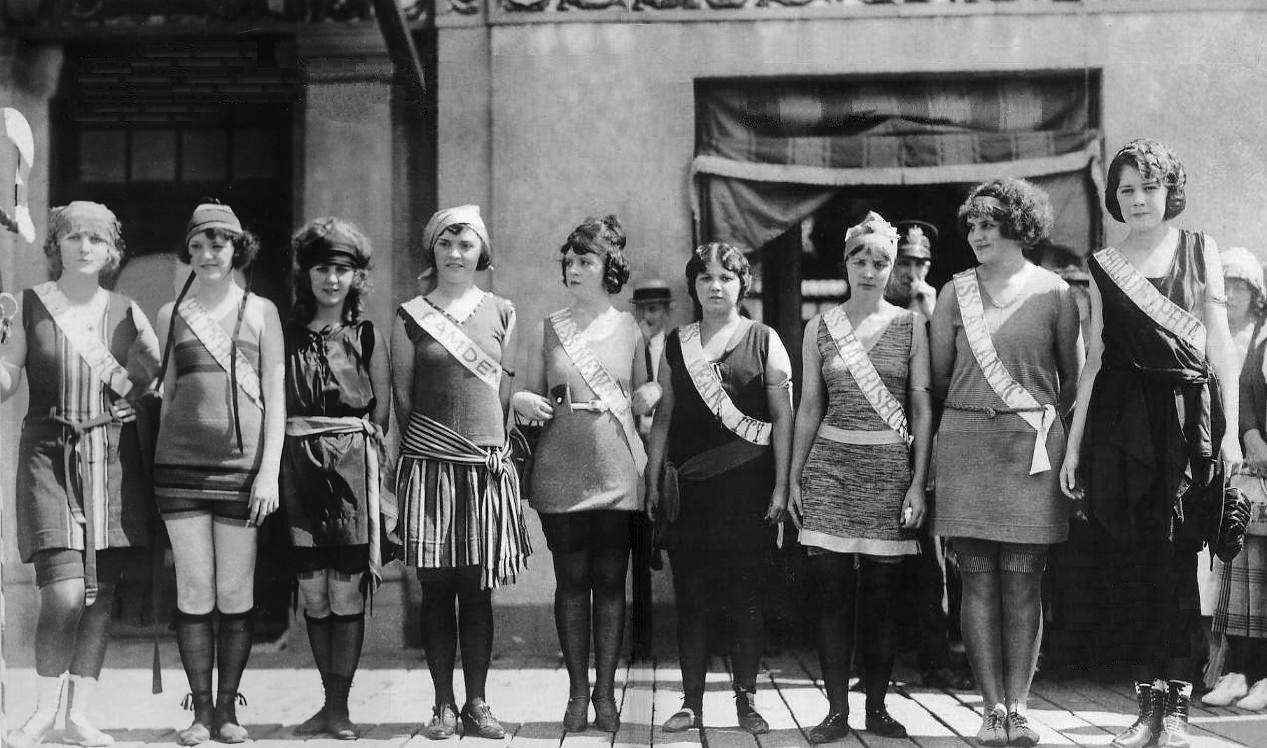
The first Miss America pageant
in Atlantic City with contestants from 9 cities – 1921
The winner: Margaret
Gorman, 16, (3rd from the left) of Washington D.C.
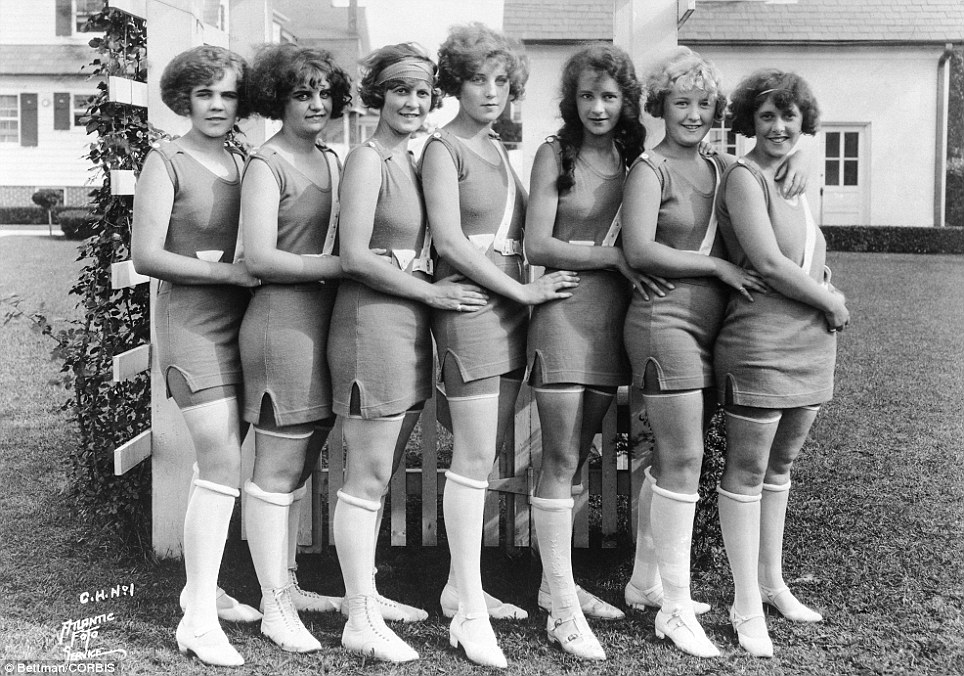
Atlantic City's bathing
beauties – 1922
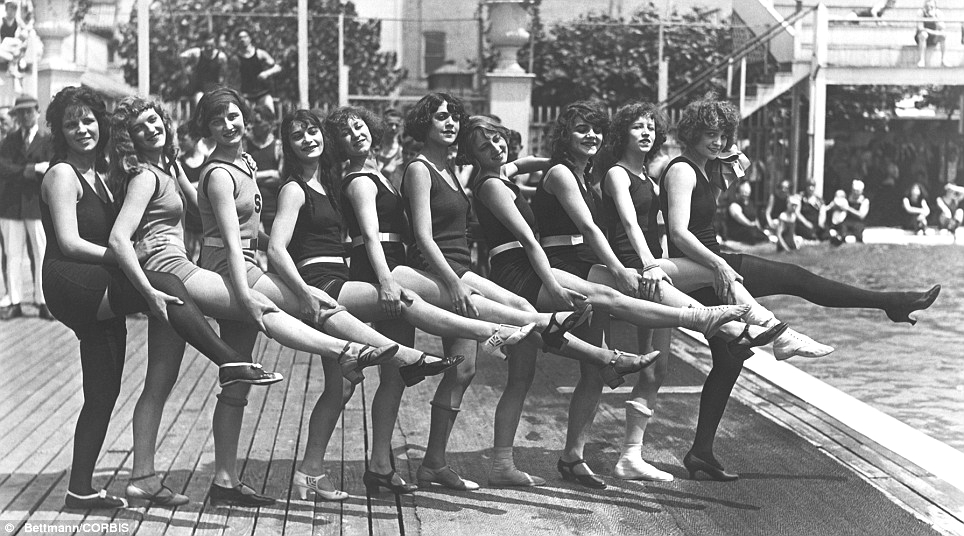
Coney Island beauty
contestants – 1923
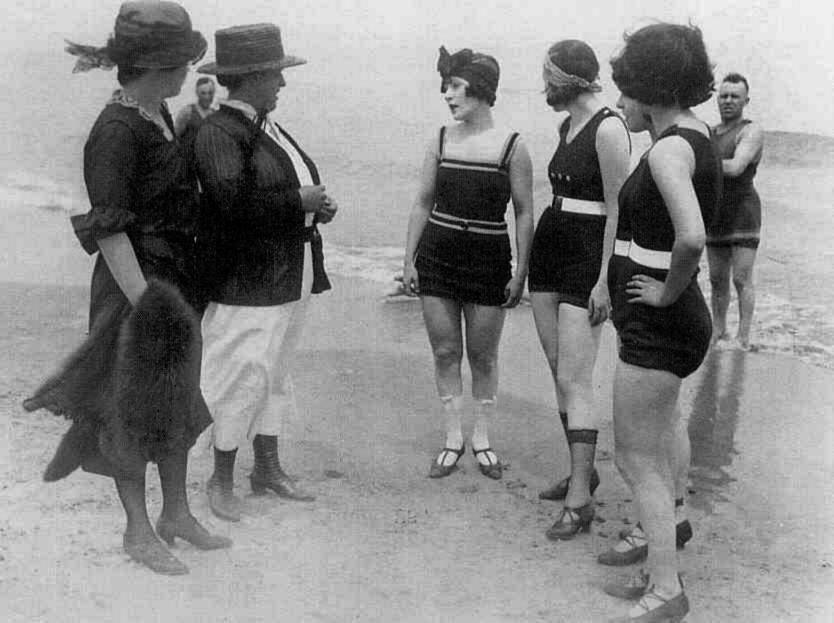
California bathers being
confronted by policewomen because they were "scantily clad" – 1922
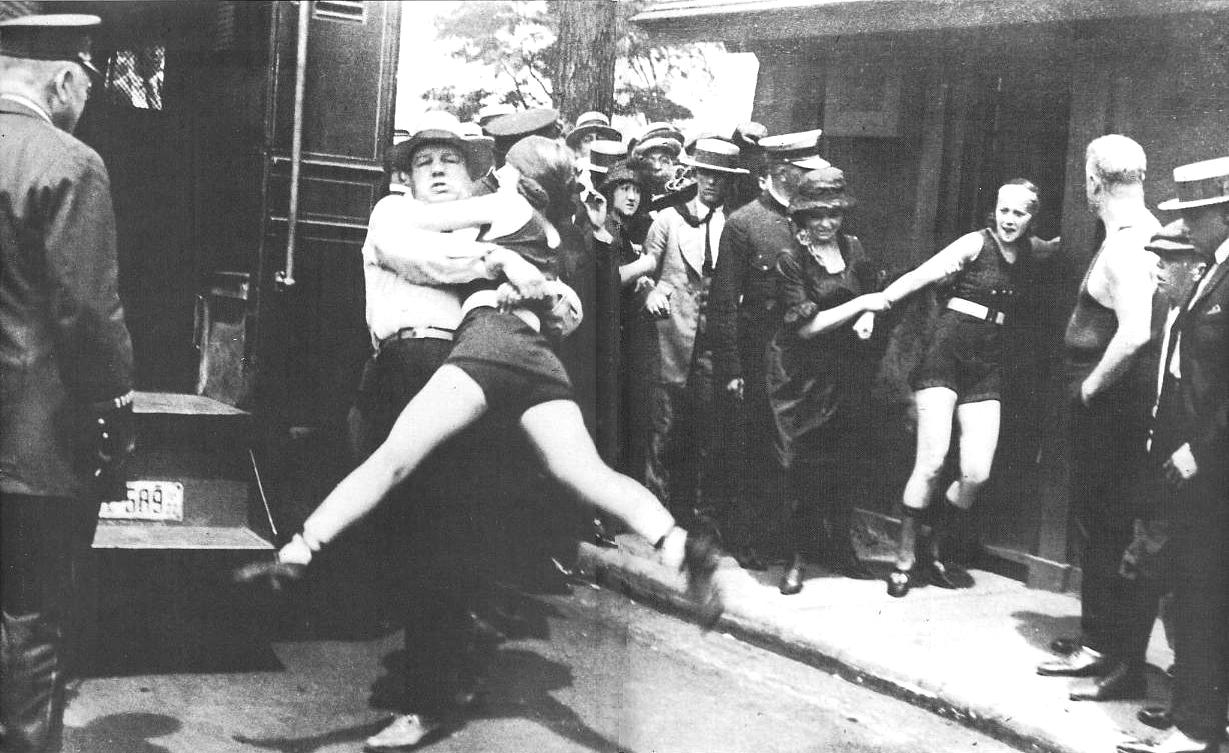
Chicago police arresting
bathers for indecent exposure – 1922
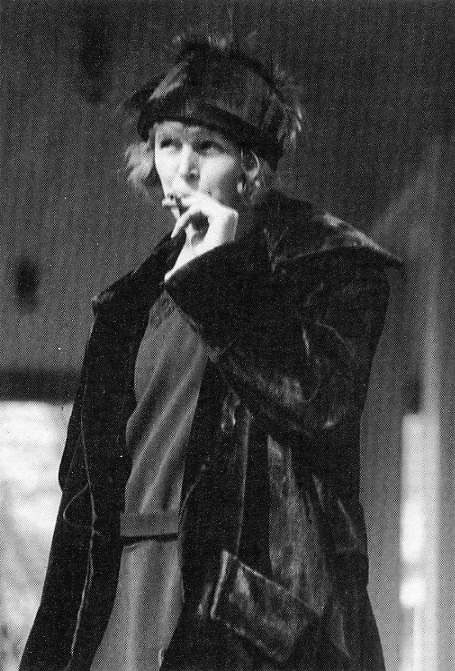
A "liberated" flapper taking
a puff
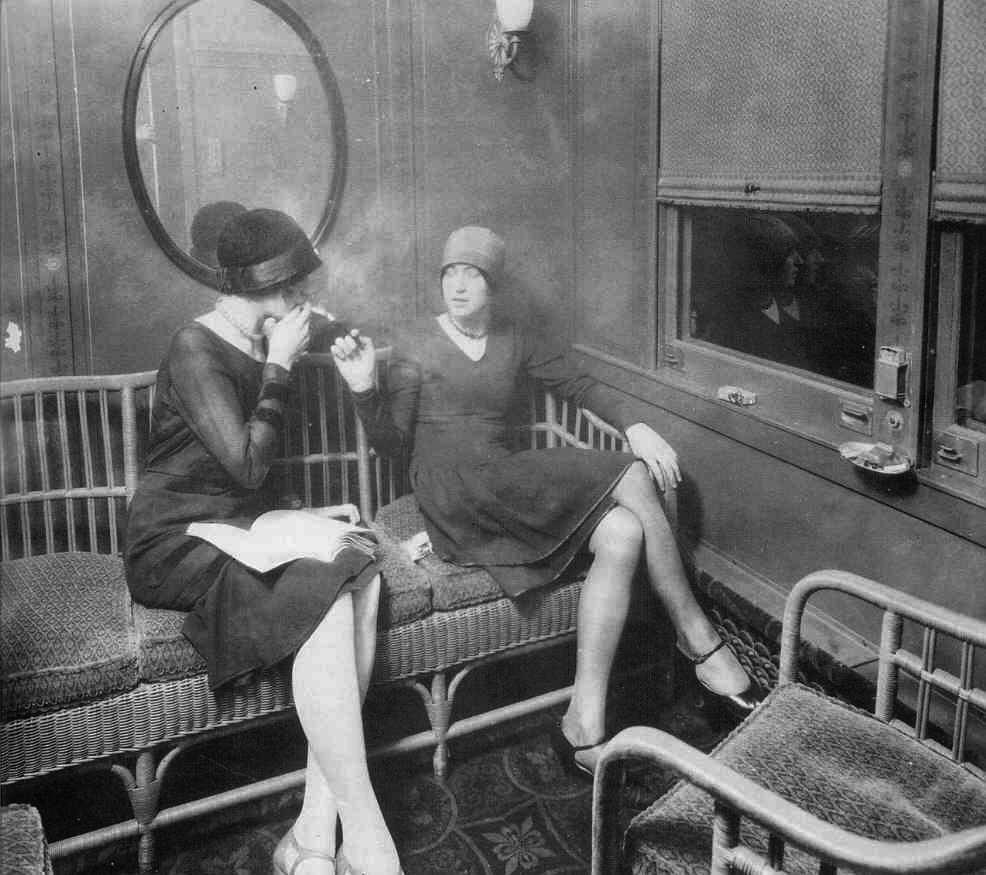
Women's smoking car – 1920s
There existed a certain zaniness
about the times – exemplified by the popularity of stunt programs – especially
aeronautic stunts
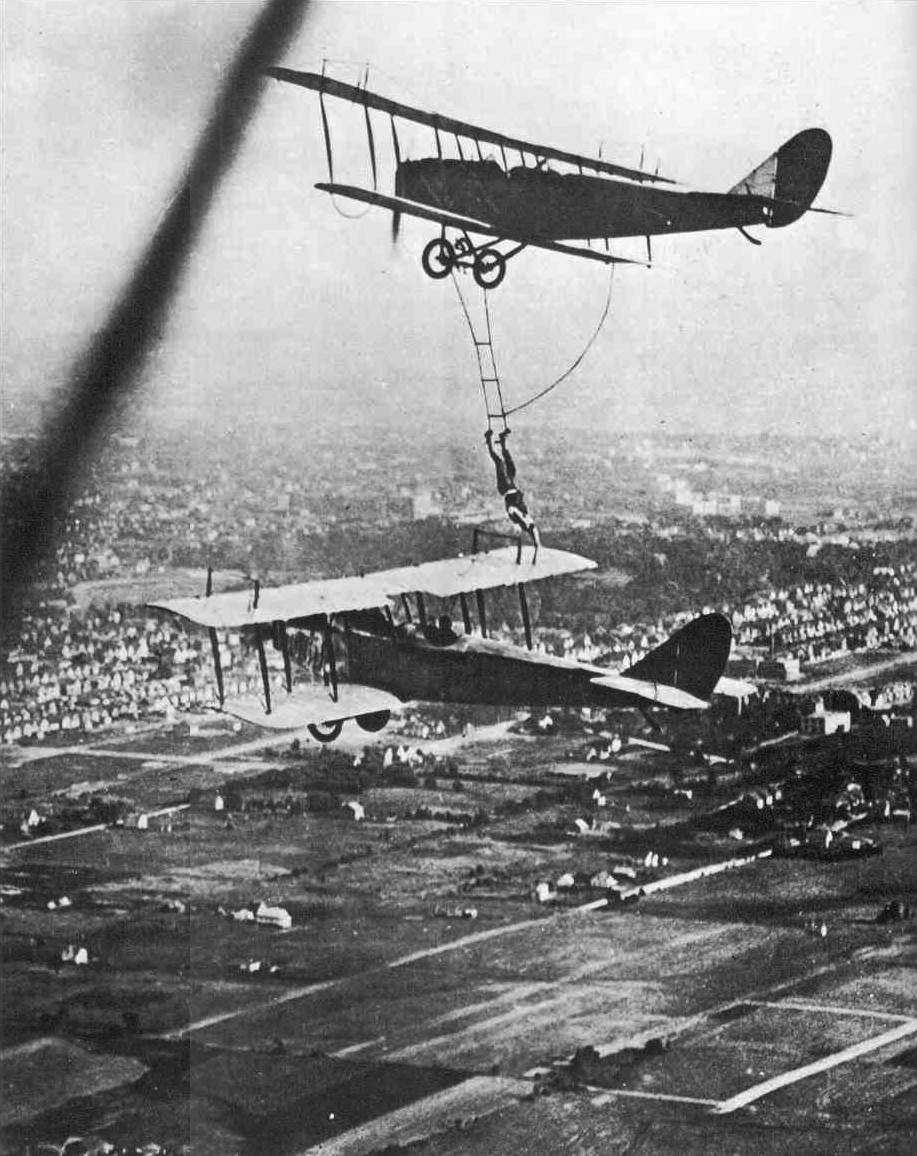
Aeronautic stunt-man Ormer
Locklear transferring from one airplane to another
U.S. Air Force

Lillian Boyer, aeronautic
stunt-woman
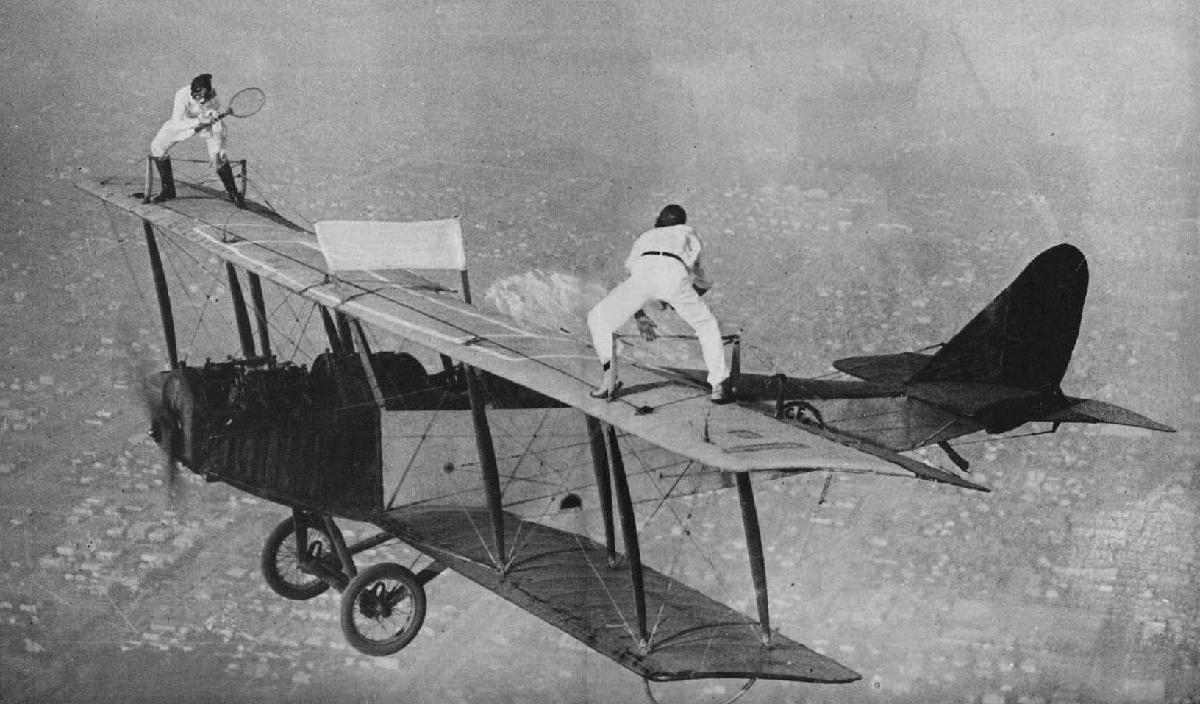
Airborne tennis at 70
mph

 America's does indeed "roar" after the
war
America's does indeed "roar" after the
war
 America's social culture
undergoes accompanying dramatic
change
America's social culture
undergoes accompanying dramatic
change And the new movie
industry grows
explosively
And the new movie
industry grows
explosively





















































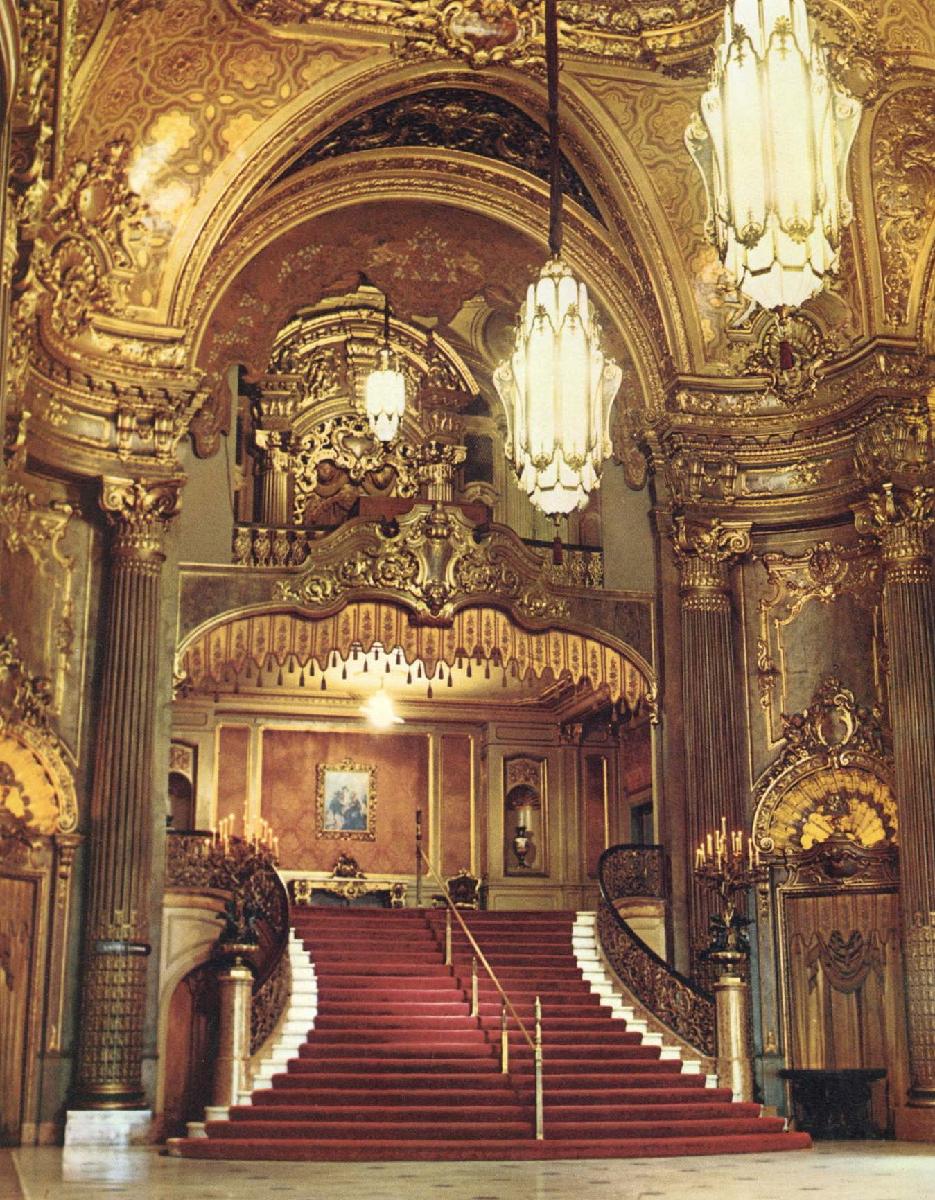
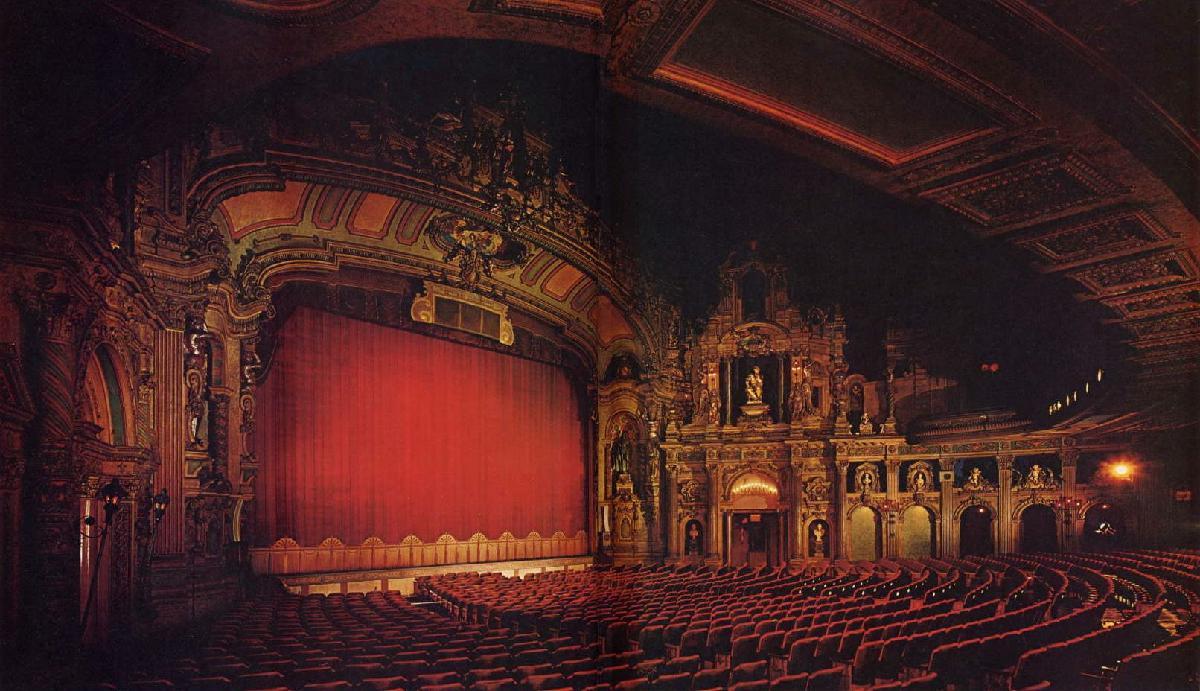
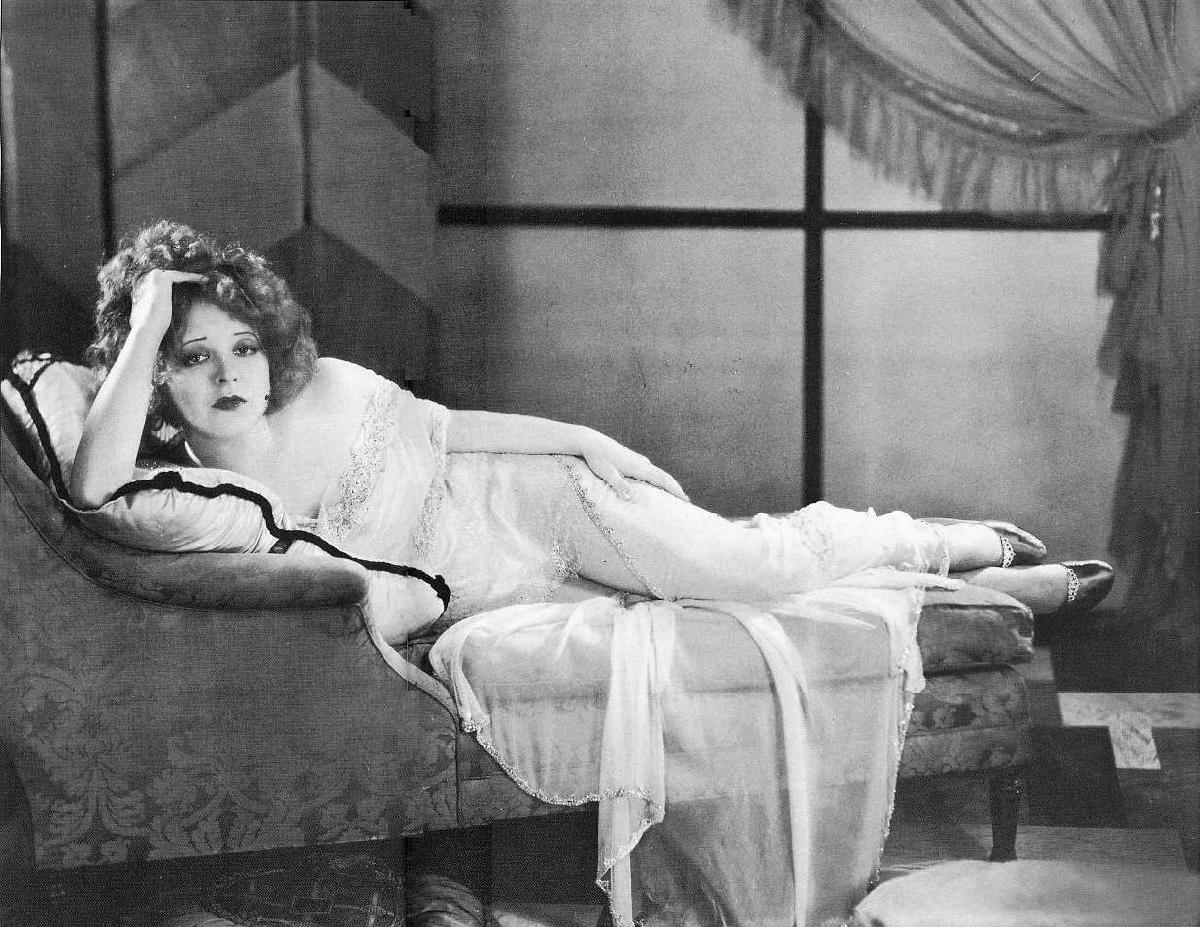

 Miles
H. Hodges
Miles
H. Hodges